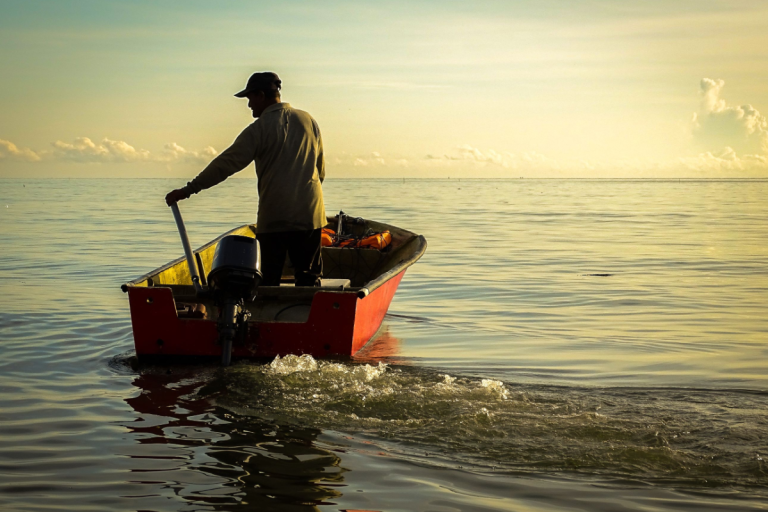A growing body of research is shifting Blue Zones from travel lore to measurable biology. Stanford epidemiologist David Rehkopf and colleagues report longer telomeres and younger DNA methylation patterns in elders from Costa Rica’s Nicoya Peninsula, with similar signatures in Sardinia and Ikaria. Nicoya’s survival advantage is striking too, with about 29 percent lower mortality for people 60 and older compared with the rest of Costa Rica. Day to day routines in these places align with cellular markers of slower aging.
Daily Rhythm And The Body Clock
Coastal communities often share a simple cadence: early light exposure, steady physical work, a midday lull, and social evenings. Sleep researchers call this circadian regularity. A 2025 review links irregular sleep timing to worse mental and physical health even after total sleep hours are considered. Maritime studies using actigraphy suggest robust daily movement helps preserve alertness rhythms at sea, hinting that consistent daylight and activity stabilize the body clock under real world stress.
Diet Pattern Not Superfoods
Blue Zone elders eat mostly plants with modest fish. Guidance emphasizes small portions at or below 85 grams about three times per week, favoring lower trophic species like sardines and anchovies. In Ikaria, more frequent fish intake correlates with fewer depressive symptoms and preserved kidney function within a Mediterranean diet rich in legumes, greens, and olive oil. Large Greek cohorts associate Mediterranean adherence with lower all cause mortality, underscoring that the overall pattern does the heavy lifting.
Midday Rest And Heart Health
Siesta is not idleness. In the Greek EPIC cohort of 23,681 adults, habitual midday rest was associated with lower risk of death from heart disease, especially among working men. On islands like Ikaria, purposeful mornings, slow lunches, brief naps, and social evenings balance physical and cognitive effort with recovery, supporting cardiovascular resilience over decades.
Social Fabric As Stress Buffer
Nicoya’s advantage ties to multigenerational households, walkable neighbors, and daily reciprocity. These low friction ties correlate with healthier methylation patterns and longer telomeres. Small scale fishing relies on trust and rapid mutual aid, mirroring the social scaffolding that buffers stress in long lived regions.
Try A Coastal Blue Zone Week
Anchor morning light for 10 to 20 minutes within an hour of waking and keep sleep and wake times within about 60 minutes daily. Trade one gym session for two bouts of task like movement plus a brisk 30 minute walk. Build meals around beans, whole grains, vegetables, olive oil, and modest fish if you choose. Protect a 15 to 30 minute midday downshift. Put a standing walk, card game, or shared meal on the calendar to strengthen your micro network.
Caveats And Sustainability
Not every Blue Zone claim is ironclad. Demographers note age verification concerns in some regions, so focus on well supported behaviors rather than geography. Fishing communities face fatigue, weather, and injury risks, so borrow the cadence, not the hazards. If you eat fish, choose abundant species to align personal health with marine sustainability.
Across long lived coastal communities a clear pattern emerges: morning light, regular movement, plant centric plates with modest fish, a midday pause, and evenings anchored in connection. The biology points to healthier clocks, calmer hearts, and more resilient cells. The rhythm is repeatable far from any harbor.


